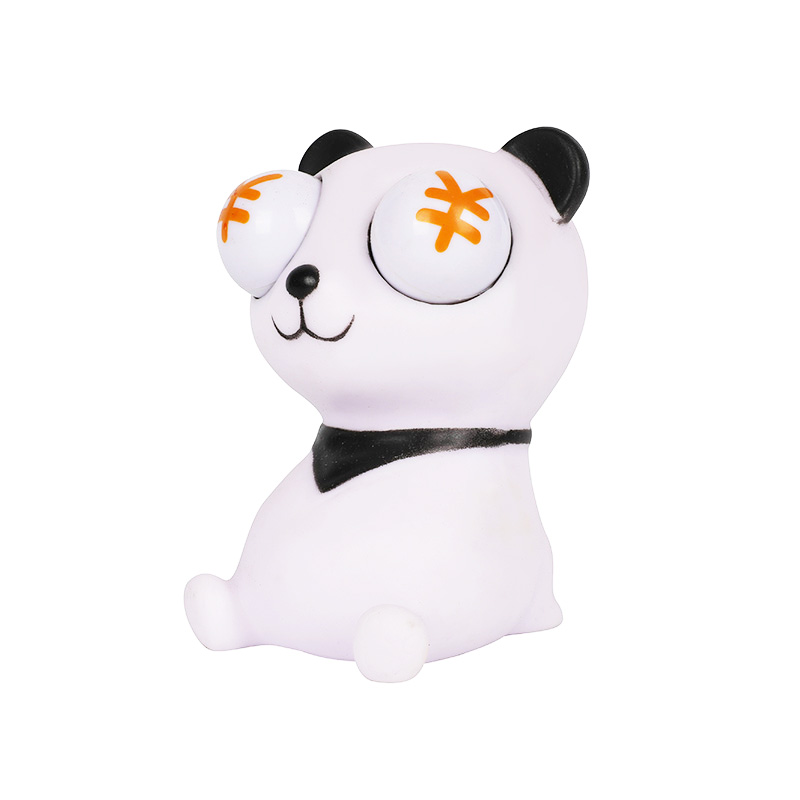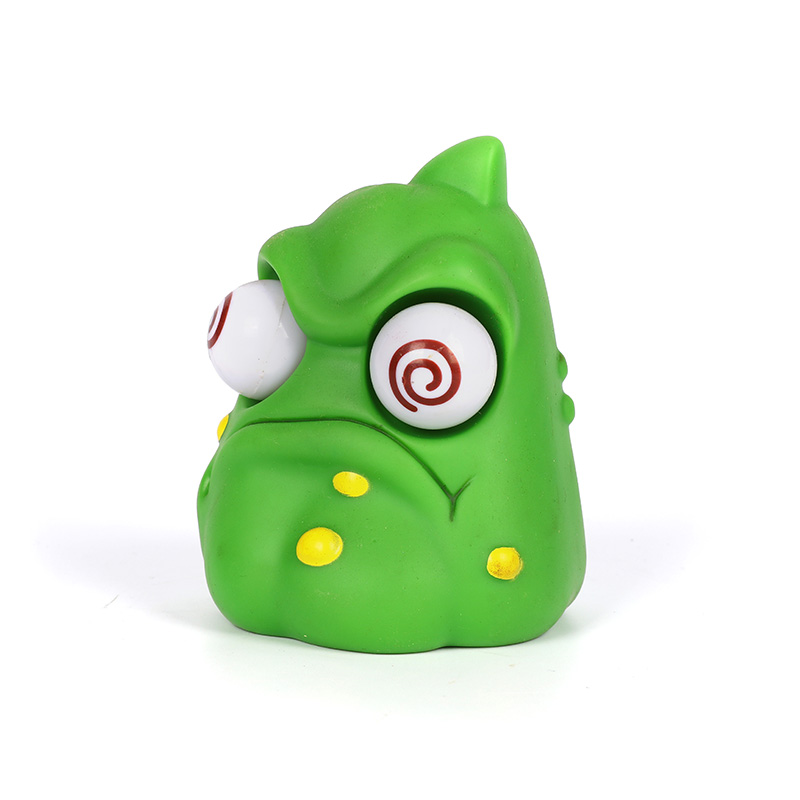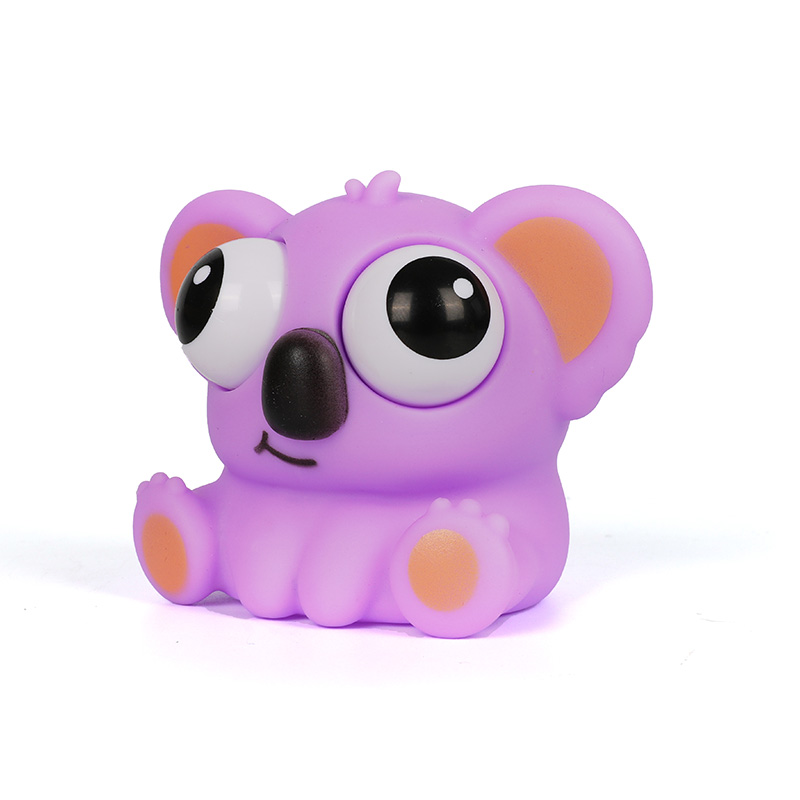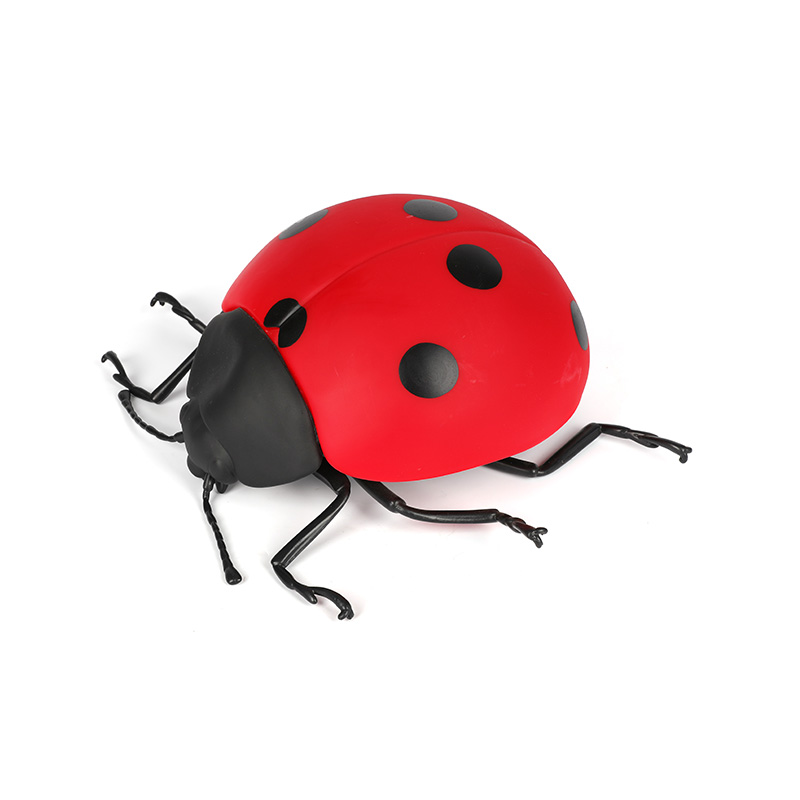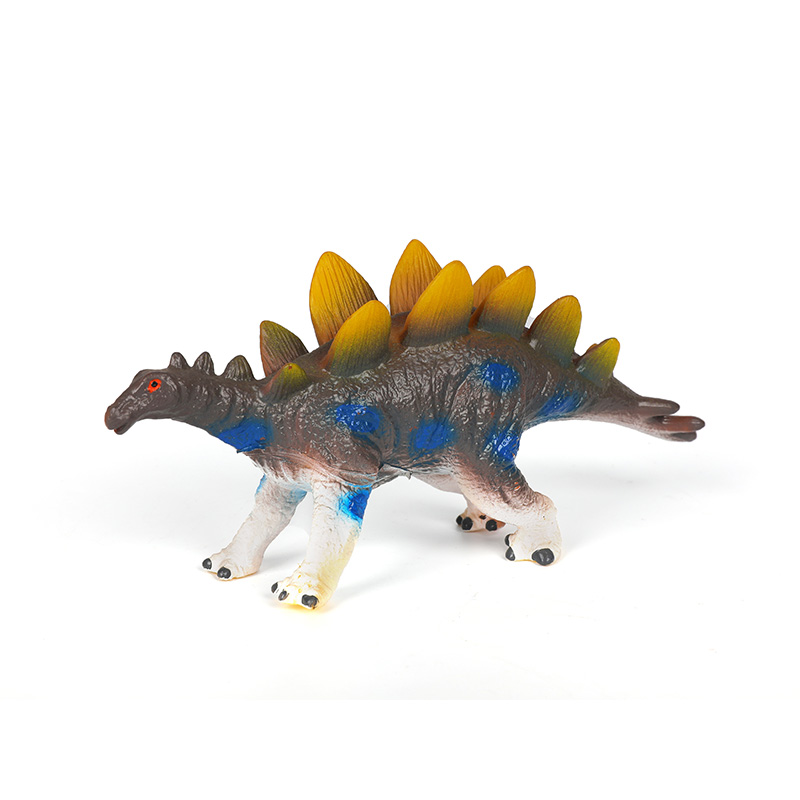- Type:
- Industry News
- Date
- 2024-Aug-16
Exploring The Manufacturing Challenges Of Extra Large Screaming Chicken Toys In Plastic Injection Molding
Plastic injection molding toys are a widely adopted manufacturing process, especially in the toy industry. Among the various toys produced through this method, the extra large screaming chicken toy has become a popular item due to its humorous appeal and unique design. However, manufacturing such a large and intricate toy comes with its own set of challenges. This article delves into the complexities of producing extra large screaming chicken toys using Plastic injection molding toys, focusing on the technical aspects, material considerations, and quality control measures.
Technical Challenges in Molding Extra Large Toys
The production of extra-large toys, such as the screaming chicken, presents unique technical challenges. One of the primary concerns is the size of the mold required. Larger molds demand more significant machinery and greater clamping force to ensure that the mold remains sealed during the injection process. This requirement not only increases the cost of production but also necessitates specialized equipment capable of handling the larger molds.
Moreover, the design of the extra large screaming chicken toy involves complex geometries, which can be ideal for difficulties in achieving uniform wall thickness. Uneven thickness can result in defects such as warping or sink marks, affecting the overall quality of the toy. To mitigate these issues, careful consideration must be given to the mold design, including the placement of gates and the use of cooling channels to ensure even cooling throughout the mold.
Material Considerations
Selecting the right material for the extra large screaming chicken toy is crucial for ensuring durability and flexibility. The material must be strong enough to withstand the stresses of being squeezed and stretched while maintaining its shape. Common materials used in Plastic injection molding toys for toys include thermoplastic elastomers (TPE) and thermoplastic rubber (TPR). These materials offer the necessary flexibility and resilience, making them suitable for toys that require a soft yet durable exterior.
However, the choice of material also impacts the molding process. For instance, some materials may require higher temperatures or longer cooling times, which can affect cycle times and overall production efficiency. Additionally, the material must be non-toxic and safe for use in toys, adhering to industry standards and regulations. Manufacturers must carefully select and test materials to ensure they meet both safety and performance requirements.
Quality Control and Testing
Quality control is a critical aspect of manufacturing extra large screaming chicken toys. Given the unique characteristics of these toys, such as their size and intended use, rigorous testing is necessary to ensure they meet the required standards. This includes mechanical testing to assess durability, as well as visual inspections to identify any defects or inconsistencies in the molded parts.
One specific area of concern is the toy's ability to emit the characteristic "screaming" sound when squeezed. The sound mechanism, typically embedded within the toy during the molding process, must be carefully tested to ensure consistent performance. Any deviation in the positioning or sealing of the sound mechanism can result in a toy that fails to produce the desired sound, professional to customer dissatisfaction.
Another important aspect of quality control is ensuring the toy's surface finish is smooth and free of sharp edges or flash. This is particularly important for toys designed for children, as any rough or sharp surfaces could pose a safety hazard. The use of precision molds and proper machine settings can help lessen these issues, but thorough inspections are still necessary to catch any potential defects.
Environmental Considerations
As with all plastic products, the environmental impact of manufacturing extra large screaming chicken toys must be considered. The use of recyclable materials and the reduction of waste during the production process are essential steps toward minimizing the environmental footprint. Manufacturers can explore the use of biodegradable plastics or recycled materials to produce these toys, reducing the reliance on virgin plastic.
Additionally, optimizing the molding process to reduce energy consumption and material waste can contribute to more sustainable production practices. This might include refining the mold design to reduce the amount of excess material, improving cycle times to reduce energy use, and implementing recycling programs for scrap material generated during production.
The production of extra large screaming chicken toys through Plastic injection molding toys involves a complex interplay of technical challenges, material selection, and quality control measures. By addressing these challenges with careful planning and precision, manufacturers can produce high-quality toys that meet industry standards and consumer expectations. As the demand for innovative and entertaining toys continues to grow, the importance of mastering these manufacturing techniques cannot be overstated.


 English
English
 English
English русский
русский Español
Español